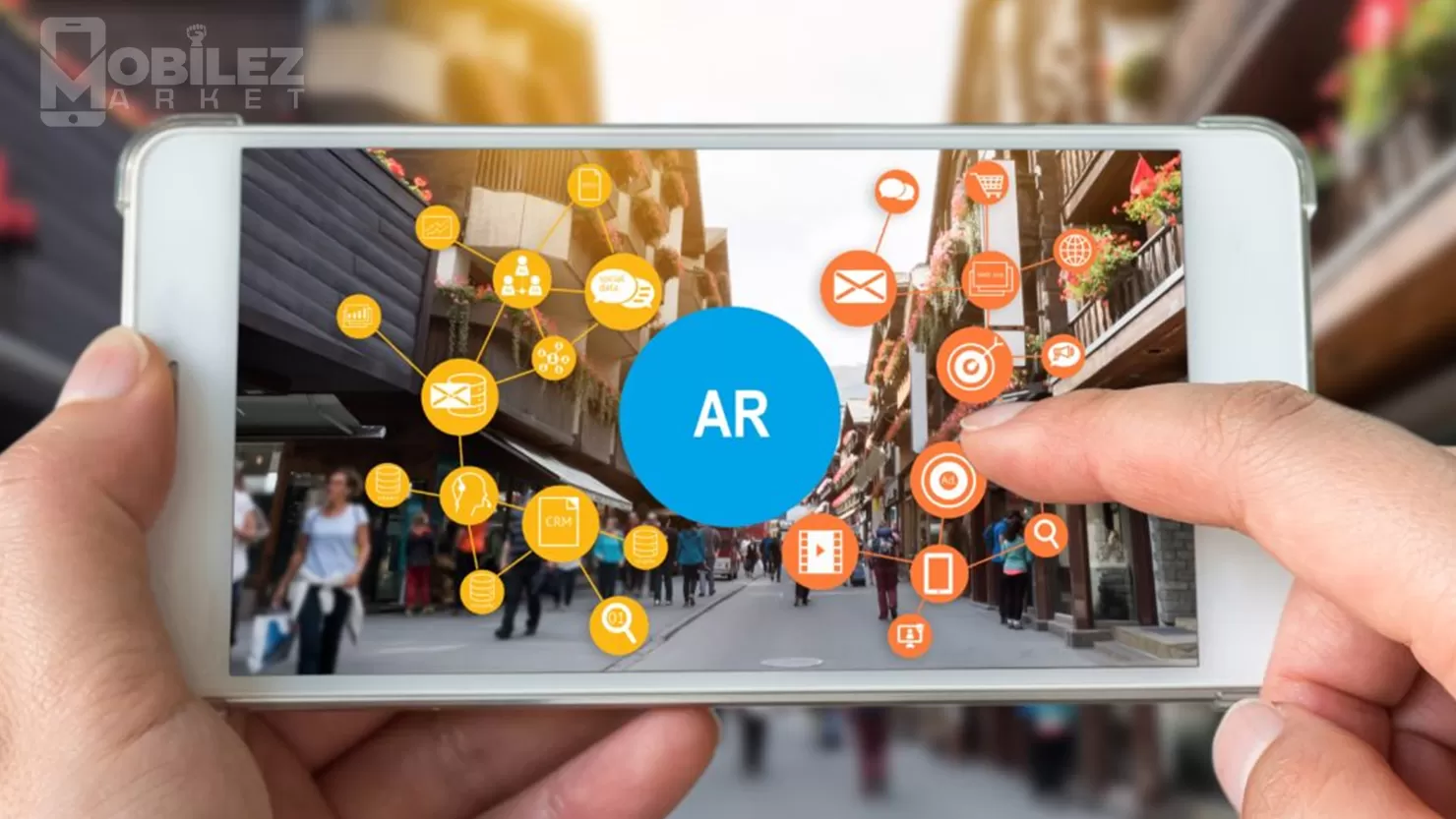The Impact of Augmented Reality on Mobile Devices
Introduction:
Augmented Reality (AR) has emerged as a transformative technology, reshaping the way we interact with the world around us through digital overlays and immersive experiences. With the proliferation of smartphones equipped with advanced sensors and processing power, AR has found its way into the palm of our hands, revolutionizing various industries and enhancing user experiences. In this blog post, we'll explore the profound impact of augmented reality on mobile devices and how it's changing the way we work, play, learn, and connect.
Understanding Augmented Reality:
- Definition: Augmented Reality (AR) is a technology that overlays digital content, such as images, videos, and 3D models, onto the real-world environment, enhancing our perception of reality.
- How AR Works: AR relies on sensors, cameras, and algorithms to detect and analyze the surrounding environment, superimposing digital content in real-time through the device's display.
- Types of AR: AR experiences can range from simple overlays, such as text and images, to more immersive experiences, such as interactive games, virtual try-on experiences, and navigation overlays.
Enhancing User Experiences:
- Interactive Product Experiences: AR enables immersive product demonstrations and virtual try-on experiences, allowing users to visualize products in their real-world environment before making a purchase decision.
- Entertainment and Gaming: AR gaming experiences, such as Pokémon GO and Minecraft Earth, blur the lines between the virtual and real worlds, engaging players in interactive gameplay experiences that blend digital elements with the physical environment.
- Education and Training: AR applications in education and training offer interactive learning experiences, allowing students to explore complex concepts, visualize historical events, and engage in hands-on simulations.
Revolutionizing Retail and eCommerce:
- Virtual Try-On: AR-powered virtual try-on experiences allow consumers to visualize how products, such as clothing, accessories, and cosmetics, will look on them before making a purchase, reducing the need for in-person try-ons and returns.
- Product Visualization: AR visualization tools enable retailers to showcase products in 3D, allowing customers to interact with and customize products in real-time, enhancing the online shopping experience and driving conversion rates.
- Augmented Reality Advertising: AR advertisements leverage interactive AR experiences to engage consumers and drive brand engagement, offering immersive storytelling and interactive product demonstrations.
Transforming Navigation and Wayfinding:
- AR Navigation: AR-powered navigation apps overlay digital directions, points of interest, and real-time information onto the user's view of the physical environment, providing intuitive and context-aware navigation guidance.
- Indoor Navigation: AR technology enables indoor navigation solutions for complex environments such as airports, malls, and museums, helping users navigate indoor spaces with ease and precision.
Augmenting Work and Productivity:
- Augmented Work Instructions: AR applications provide workers with step-by-step instructions, visual cues, and contextual information overlaid onto their view of the workspace, improving efficiency and reducing errors in complex tasks.
- Remote Assistance: AR-powered remote assistance solutions enable technicians and experts to provide real-time guidance and support to field workers through AR overlays, reducing downtime and improving problem-solving capabilities.
Overcoming Challenges and Limitations:
- Hardware Requirements: AR experiences require smartphones with advanced sensors, cameras, and processing power, limiting accessibility to users with compatible devices.
- User Adoption: Despite advancements in AR technology, widespread adoption and integration into daily routines may still be hindered by factors such as awareness, usability, and privacy concerns.
- Content Creation: Creating high-quality AR content requires specialized skills and resources, limiting the availability of compelling AR experiences and applications.
Conclusion:
Augmented Reality (AR) is poised to revolutionize the way we interact with mobile devices, offering immersive and interactive experiences that blur the lines between the digital and physical worlds. From enhancing retail and eCommerce experiences to transforming navigation, education, and productivity, the impact of AR on mobile devices is profound and far-reaching. As AR technology continues to evolve and become more accessible, we can expect to see even greater integration into our daily lives, unlocking new possibilities for creativity, innovation, and connectivity.


